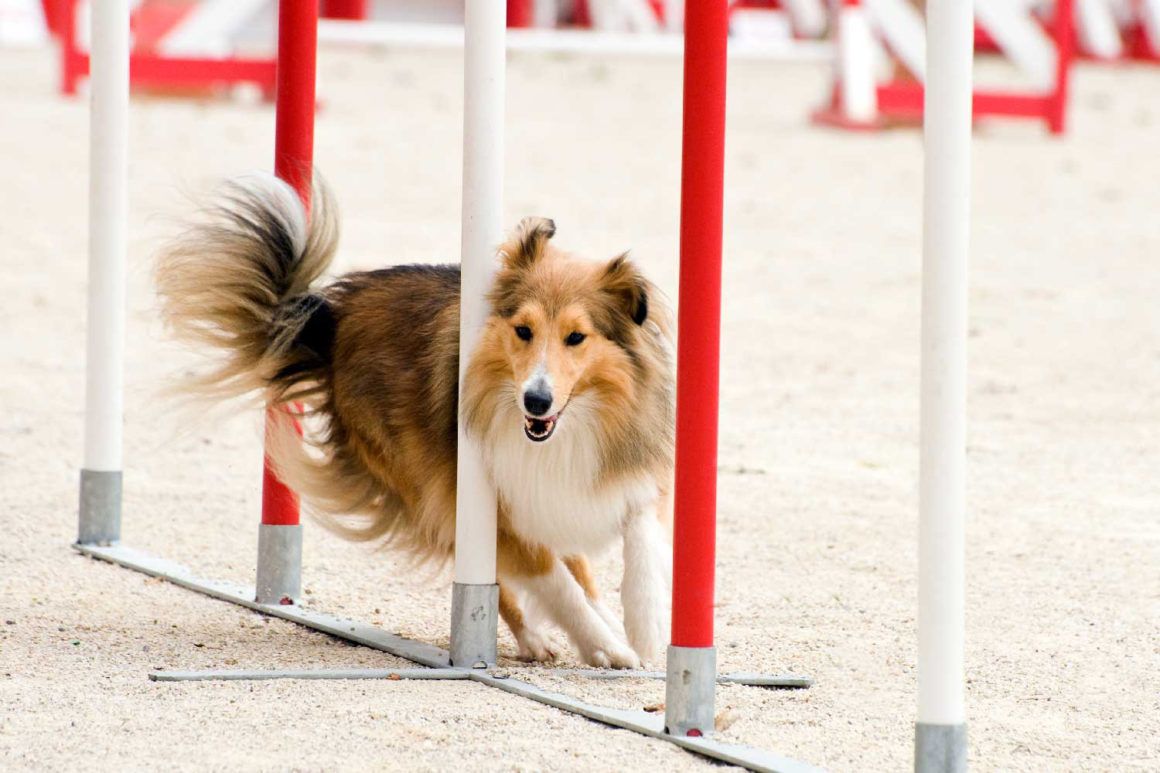Breed Spotlight: Shetland Sheepdog
Thu Dec 16 2021

An alert, small, rough-coated, longhaired working dog, the Shetland Sheepdog (Sheltie) is an agile and sturdy medium-sized dog breed with a life span of 12-14 years. Like the Collie, the Sheltie traces to the Border Collie of Scotland. These Collies were reduced to miniature proportions upon the breed being transported to the Shetland Islands and crossed with small, intelligent, longhaired breeds.
Care
This medium-size dog breed’s coat should be double, with the outer coat consisting of long, straight, harsh hair. The undercoat is furry, short and so dense that it gives the entire coat its “standoff” quality. The nature of the coat requires that these dogs be combed on a regular basis. The Sheltie’s strong, fast-growing nails should be trimmed regularly with a nail clipper or grinder to avoid cracking, splitting and overgrowth. As with all breeds, teeth should be brushed regularly and ears should be checked to prevent a buildup of debris and wax.
Behavior
Shelties are intensely affectionate, loyal and responsive to family. But he tends to be reserved toward strangers – but not to the point of showing fear. The Sheltie is an emotional dog breed that will feed off of the moods of owners. He isn’t shy to speak his mind, as displayed in his tendency to bark. With a history as herding dogs, Shelties love to run around an enclosed yard and are happiest when given a job to do. While this dog breed thrives on a farm, Shelties adapt to a variety of living situations if provided proper exercise.
Health
Also known as Collie Nose, dermatomyositis is a common Sheltie skin problem that affects young herding breed dogs. While genetic, it can be aggravated by UV light and trauma. If your Sheltie displays any redness, crusting, scaling or hair loss on the face, consult your veterinarian.
Scleral Ectasia – or Collie Eye – is an inherited health problem that prevents the eyes from developing properly in the womb. It causes impaired vision due to a detached retina, optic nerve abnormalities or loss of retinal cells. Selective breeding means a professional will never mate dogs with Sheltie Eye. This is critical for reducing the incidence of the disease in future since there is no treatment.
Keep your Sheltie’s mind active by providing plenty of exercise and play. Durable plush dog toys are an excellent choice for the “busy” personality of the Sheltie!